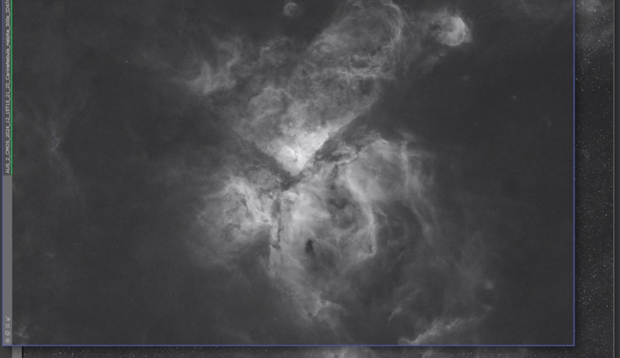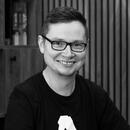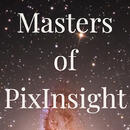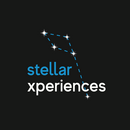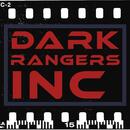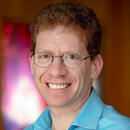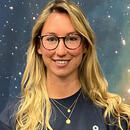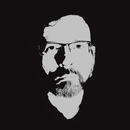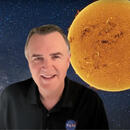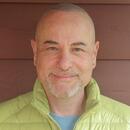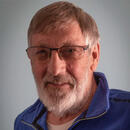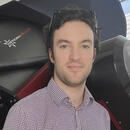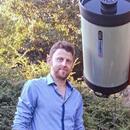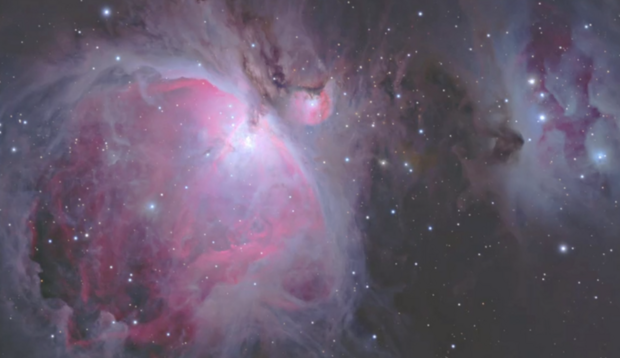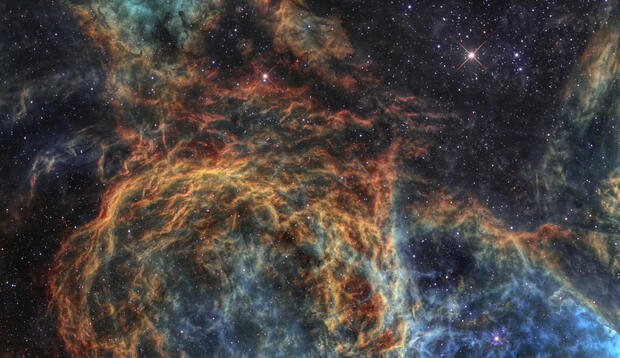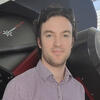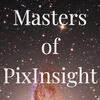Our tutors
Most Popular
All Tutorials
Streamlining Data Stacking with Fast Batch Pre-Processing
In this tutorial, Alexander Curry, Co-Founder of Telescope Live, introduces the Fast Batch Pre-Processing (FBPP) script in PixInsight, designed to speed up the data stacking process while maintaining high-quality results. Key points include:
FBPP vs. Weighted Batch Pre-Processing (WBPP):
- Learn how FBPP reduces processing times significantly—handling large datasets in minutes compared to hours with WBPP.
Simplified Workflow:
- Explore how to efficiently configure FBPP for bias, dark, and flat frames. Understand grouping keywords and automatic integration options for seamless stacking.
Comparison of Outputs:
- See a direct comparison between FBPP and WBPP results, including master frame quality, noise levels, and processing differences.
[Free] Mastering the Cosmic Clarity Suite: Sharpening and Denoising Tools
In this free intermediate tutorial, Alexander Curry, Co-Founder of Telescope Live, explores the powerful tools in the Cosmic Clarity Suite, including AI based sharpening and denoising features designed for astrophotography. This free tutorial and software provided by Seti Astro are an excellent alternative to the Xterminator plugins. Key topics include:
Denoising for Enhanced Image Clarity:
- Learn how to apply the denoising tool to smooth out graininess in images.
- Adjust denoising strength to preserve fine details, especially for high SNR datasets.
Advanced Sharpening Techniques:
- Use the sharpening tool for both stellar and non-stellar regions.
- Understand how to calculate and input PSF values manually for improved accuracy.
- Fine-tune sharpening levels to avoid over-enhancing stars or increasing noise.
Optimized Workflow and Compatibility:
- Discover how to integrate these tools with any post-processing software or workflow.
This tutorial provides practical insights into leveraging the Cosmic Clarity Suite to achieve sharper, cleaner astrophotography results.
Eliminate Satellite Trails with the Cosmic Clarity Tool
In this tutorial, Co-Founder of Telescope Live, Alexander Curry will introduce the Cosmic Clarity tool for removing satellite trails from astrophotography images. This AI-based standalone software is specifically designed for astrophotographers and works seamlessly with any processing workflow. Key steps include:
When and How to Use Cosmic Clarity:
- Learn how to apply the tool on raw data as a new “step one” before image stacking to ensure clean results.
Setting Up the Tool:
- Configure input and output folders, and disable the “clip satellite trail to zero” option to ensure smooth blending with the background.
Batch Processing and Live Monitoring:
- Run the tool in batch processing mode to batch process multiple an entire dataset folder.
- Explore the live monitoring feature for real-time satellite trail removal during image acquisition.
This tutorial demonstrates how Cosmic Clarity effectively eliminates satellite trails, making a significant improvement to low-integration datasets and enhancing image quality.
Refining Image Stretching with the DeLinear Script and STF Tweaks
In this tutorial, Co-Founder of Masters of PixInsight, Ron Brecher, demonstrates how to use the DeLinear script alongside custom tweaks to the Screen Transfer Function (STF) for quick and effective image stretching in PixInsight.
Key steps include:
Optimizing STF Parameters:
- Adjust the STF background brightness target to around 0.1 for a more natural stretch. Learn how to control-click the radioactive icon to customize and save new parameters.
Installing and Using the DeLinear Script:
- Install Hartmut Bornemann’s script repository and locate the DeLinear script under the Utilities menu. Apply it with one click to convert an STF stretch into a permanent histogram transformation.
Achieving Better Control Over Stretching:
- Understand how the DeLinear script transfers STF settings to histogram transformation, ensuring consistent results with minimal effort.
This tutorial provides a streamlined approach to de-linearization, offering astrophotographers a faster and more effective way to prepare their images for further processing.

